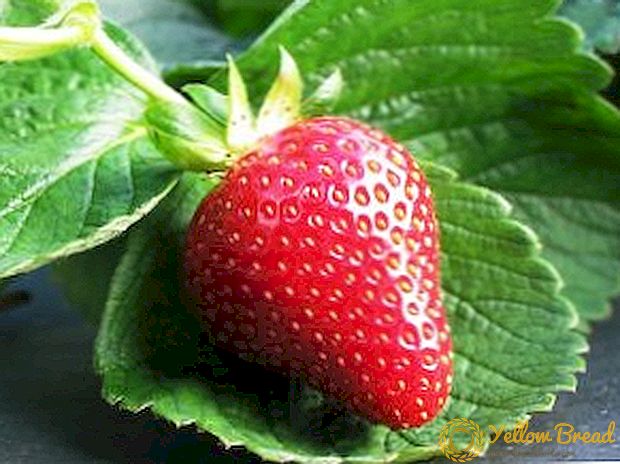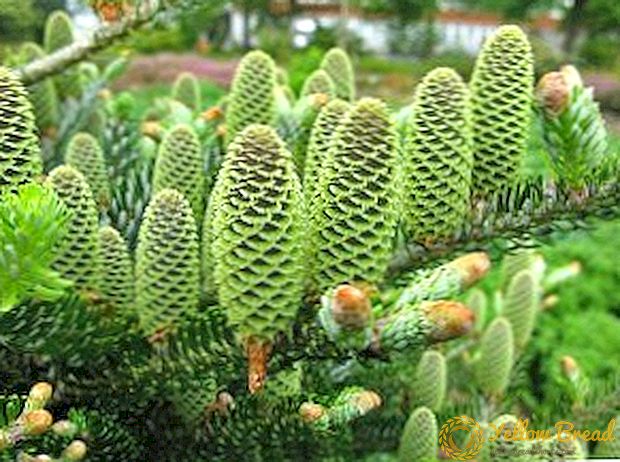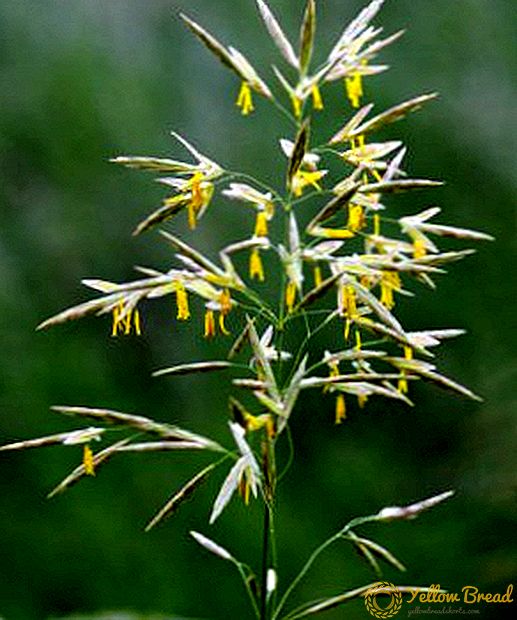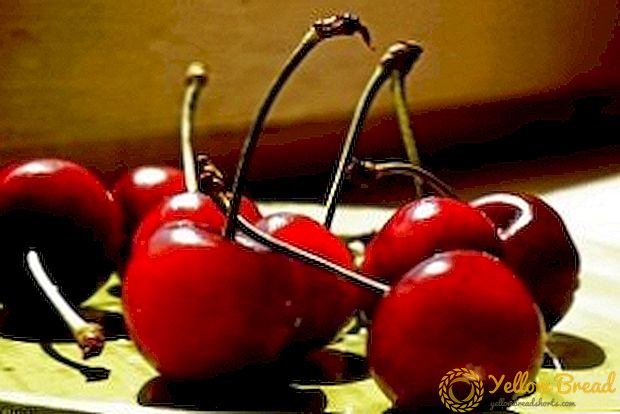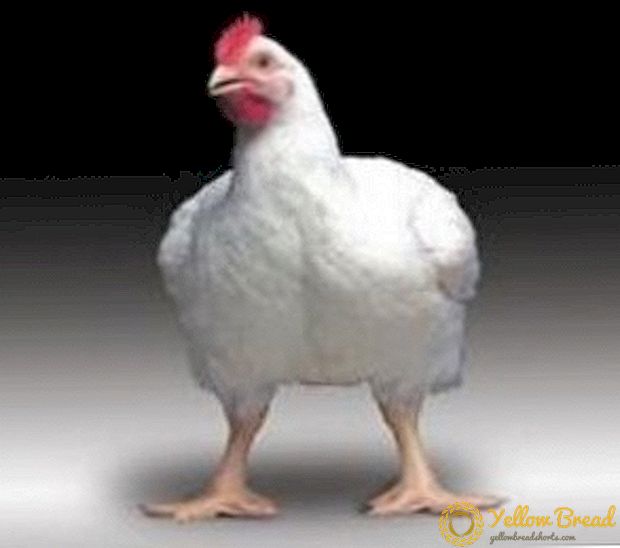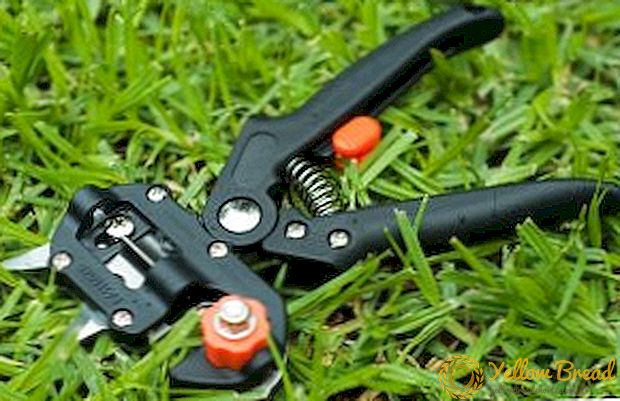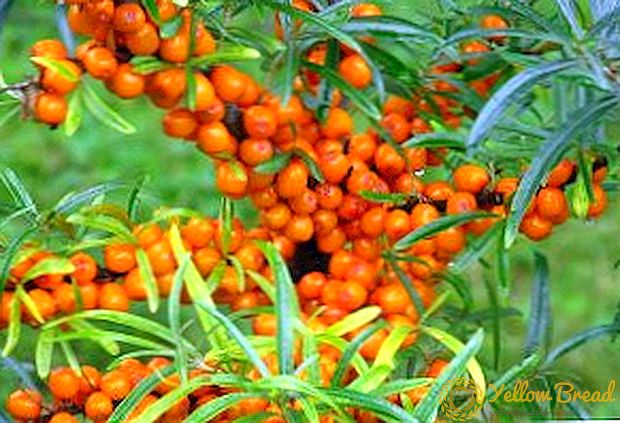 Sea buckthorn is a hardy deciduous shrub with high medicinal and nutritional value. In its natural habitat, the plant reaches 2-4 meters in height. Sea buckthorn berries are colored yellow or orange-red. Sea buckthorn is widespread in China, Mongolia and most of the Nordic countries. Today, this unique and valuable plant is cultivated in various parts of the world. In this article we have collected for you the most well-known diseases of the sea buckthorn and methods of dealing with them.
Sea buckthorn is a hardy deciduous shrub with high medicinal and nutritional value. In its natural habitat, the plant reaches 2-4 meters in height. Sea buckthorn berries are colored yellow or orange-red. Sea buckthorn is widespread in China, Mongolia and most of the Nordic countries. Today, this unique and valuable plant is cultivated in various parts of the world. In this article we have collected for you the most well-known diseases of the sea buckthorn and methods of dealing with them.
- Common diseases of sea buckthorn
- Verticillary wilting
- Endomycosis
- Blackleg
- Black cancer
- Scab
- Different rot
- Fusarium
- How to deal with pests of sea buckthorn in the garden
- Sea buckthorn moth
- Sea buckthorn fly
- Sea buckthorn aphid
- Gall mite
- Peppered moth
Common diseases of sea buckthorn
Sea buckthorn is quite a hardy shrub. The plant is able to withstand extreme temperatures (from -43 ° C to 40 ° C) and is considered drought-resistant. Today, a relatively small number of serious diseases of sea buckthorn are registered, including: verticillous wilting, fusarium wilting, scab, endomycosis. 
Verticillary wilting
Most of the diseases observed in sea buckthorn have no serious consequences for the plant itself and its fruits, with the exception of verticillous wilt. This is a dangerous disease that can lead to the death of sea-buckthorn bushes within two years. The fungus Verticillium dahliae can quite often affect sea buckthorn plantations.
When visual analysis can be identified the following symptoms: wilting of leaves and branches, yellowing of leaves, followed by necrosis, dry shoots, poor plant development. 25% of the roots of a diseased shrub show signs of decay. Shrub with signs of verticillous wilting should not be used for breeding purposes.
Effective methods of dealing with this disease has not yet been developed. The only way out is the destruction of the affected shrubs. The plant must be excavated and burned.
Endomycosis
Endomycosis is a fungal disease of focal nature.Symptoms of the disease occur in early August. Berries become flabby and soft. The fruit has no characteristic smell of sea buckthorn. In the future, the shell of diseased fruits easily breaks, its contents flow out and infect healthy berries. Frequent seasonal rains lead to the spread of the disease.  Methods of struggle consist in treating trees with 1% Bordeaux liquid or 0.4% chlorine dioxide.
Methods of struggle consist in treating trees with 1% Bordeaux liquid or 0.4% chlorine dioxide.
Blackleg
Soil fungi are the causative agents of this disease. The plant becomes thinner at the point of contact between the subnomestic knee of the seedling and the soil. As a result, sea buckthorn falls to the ground and dies.
To prevent the development of this disease, sea buckthorn seedlings should be planted in a substrate of sod soil and river sand. And in order to prevent seedlings should be watered with a solution of potassium permanganate. The procedure is carried out once in 4-5 days.
Black cancer
On the shoots of the plant appear dark round spots. The bark of the tree turns black, cracked, falls away, exposing the blackened wood. The fungus-pathogen penetrates into the tree shoots through freezers and cutting wounds.In seedlings and cuttings of sea buckthorn disease manifests itself in the form of dark depressed spots in the area of the root collar. Spots gradually increase, forming sores. Affected plants are stunted.  To combat the disease It is recommended to treat the affected areas with copper sulphate and cover it with a mixture of clay and mullein.
To combat the disease It is recommended to treat the affected areas with copper sulphate and cover it with a mixture of clay and mullein.
Scab
The disease is spread by conidia, which are spread by droplets of moisture, as well as various insects and birds. In winter, the fungus remains in the affected parts of the tree. Scab is observed everywhere and leads to the drying of the branches, and with a strong infection, and the whole tree. In the middle of the summer season, round, shiny black spots with clear edges appear on the fruit. Most berries also turn black and dry out.
Scab is able to destroy up to half of the entire crop. To protect against this disease, autumn pruning and burning of infected shoots and leaves is necessary. Treatment with 1% Bordeaux liquid is also recommended. 
Different rot
The rot affecting sea buckthorn is caused by mushrooms from the genera Phytium, Alternaria and Botrytis. Distinguish between gray and brown rot. Mass development of diseases occurs in the summer season (in July).The development of both gray and brown rot contributes to rainy weather. With gray rot, the fruit of the tree fades, shrivels, and spores with gray spores germinate through the skin of the berries. Fruits affected by brown rot, covered with dark spots with brown tufts of sporonozhek, penetrating through the skin.
The measure of prevention from rot is Proper care of the plant - regular watering, fertilizing, gently loosening the soil surface. Trees that already show signs of wilting must be carefully pruned.
Fusarium
The causative agents of Fusarium wilt are mushrooms of the genus Fusarium. The disease leads to the desiccation of the branches of sea buckthorn. The fungus penetrates the seedlings through the wounds on the roots. Another reason for the defeat is the physiological drying of the bush (the mushrooms settle on weak plants).  The only way to combat fusarium is to cut and eliminate infected parts of the plant.
The only way to combat fusarium is to cut and eliminate infected parts of the plant.
How to deal with pests of sea buckthorn in the garden
Next, consider the main pests of sea buckthorn and ways to combat them. To date, there are about 50 species of sea buckthorn pests. The most destructive are aphid and fly. Also noted are thrips, moths, mites and moths. In addition, birds, deer, mice, rats and other rodents also feed on sea buckthorn, sometimes causing serious damage.
Currently, there are no specially registered pesticides or fungicides against sea buckthorn pests. This means that growers and gardeners must rely on other options for integrated pest management. However, most countries in the world are actively conducting research to find an answer to the question "How to destroy sea buckthorn pests?".
Sea buckthorn moth
Sea buckthorn moth (Gelechia hippophaella) is found in Italy, Romania, UK, Ukraine. The moth feeds on the leaves of the host plant. Pest larvae can be found among twisted sea-buckthorn leaves in June and July. The little body of the pest has a grayish-green color with a light brown head.At the last age stage, the larvae have a pink tinge. Wingspan is 17-21 mm.  The best method of struggle is the treatment of the bushes with an emulsion of metaphos at a concentration of 0.3% or a suspension of the biological drug entobacterin (1%). Spraying should be carried out at the beginning of the flowering period. You can also use chlorophos in high concentrations.
The best method of struggle is the treatment of the bushes with an emulsion of metaphos at a concentration of 0.3% or a suspension of the biological drug entobacterin (1%). Spraying should be carried out at the beginning of the flowering period. You can also use chlorophos in high concentrations.
Sea buckthorn fly
Sea buckthorn fly is the most dangerous pest of sea buckthorn. This species is very similar to the cherry fly (European fruit fly). The fly has the potential to cause significant damage to many fruit crops. Sea buckthorn fly has Asian origin.The larvae of the fruit fly eat the flesh of the sea buckthorn fruit.  In the fight against this parasite, high protection is provided by chlorophos, roger, methyl nitrophos at a concentration of working solution of 0.2%, as well as karbofos and metaphos (0.3%).
In the fight against this parasite, high protection is provided by chlorophos, roger, methyl nitrophos at a concentration of working solution of 0.2%, as well as karbofos and metaphos (0.3%).
Sea buckthorn aphid
Sea buckthorn aphid is a light green color insect with red eyes. Eggs overwinter on branches near the kidneys. In mid-May, the aphid larvae suck juice from young leaves. Females form all new and new colonies of insects. Affected leaves turn yellow, coagulate and fall off.
An effective measure to combat sea buckthorn aphids experts call wood treatment with a solution of household soap. In case of severe injury, chemical agents are recommended, for example, a solution of 10% karbofos.
Gall mite
The gall mite is another minor pest of the sea buckthorn. The little body is fusiform, light yellow in color. Body length of only 0.25 mm. Both the adult and the larvae have 2 pairs of limbs. Sea buckthorn mites damage the buds and leaves of the plant. On the affected leaves, swelling with a diameter of 0.5 cm occurs. There are ticks inside these formations. The consequence of the destruction of this parasite can be the death of the tree.  In early spring, it is necessary to spray the nitrafen solution. With a strong spread of the pest, 1-2 sprays of karbofos will be required. A month before the start of ripening berries should stop processing.
In early spring, it is necessary to spray the nitrafen solution. With a strong spread of the pest, 1-2 sprays of karbofos will be required. A month before the start of ripening berries should stop processing.
Peppered moth
The moth is a brown caterpillar with dark longitudinal stripes and yellow spots on the body. The body is large, the maximum length is 6 cm. The parasite appears during the flowering period and continues to feed on the leaves of the plant until the onset of autumn. Some branches of the tree can be completely exposed. In case of mass destruction of the bush with a moth (up to 70 caterpillars), the necessary measures should be taken.  In the fight against this parasite will help autumn processing and loosening the soil.Insecticide spraying is acceptable.
In the fight against this parasite will help autumn processing and loosening the soil.Insecticide spraying is acceptable.

